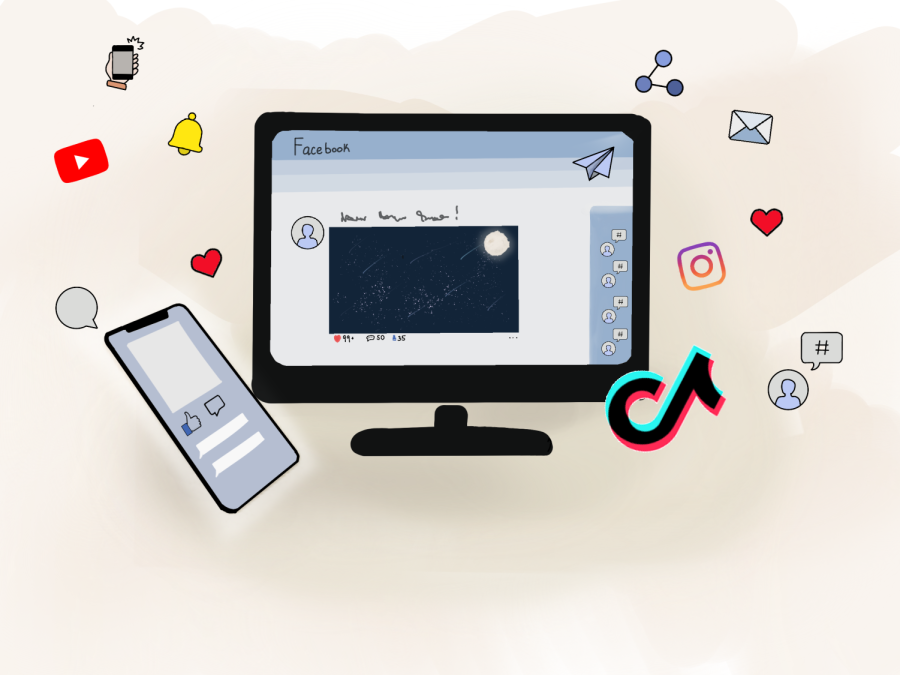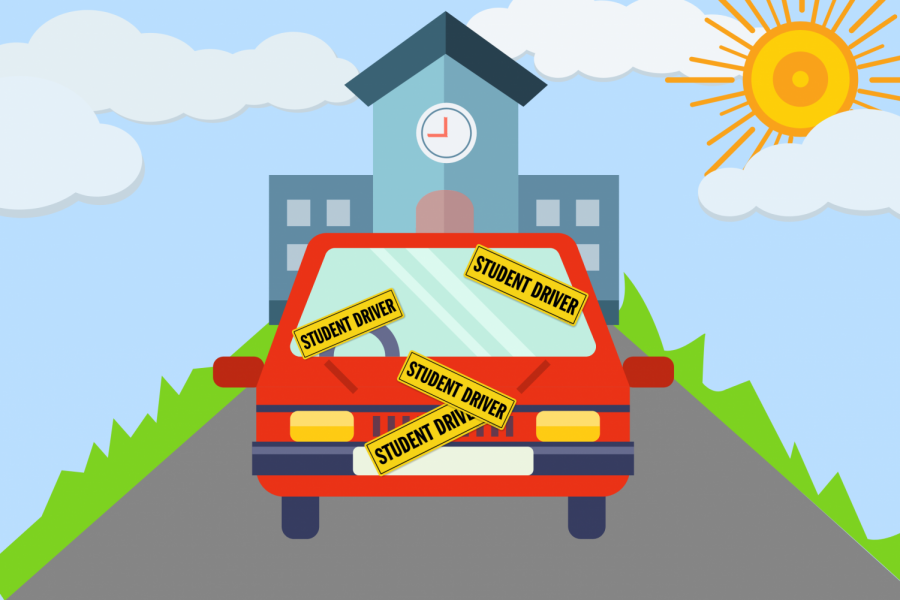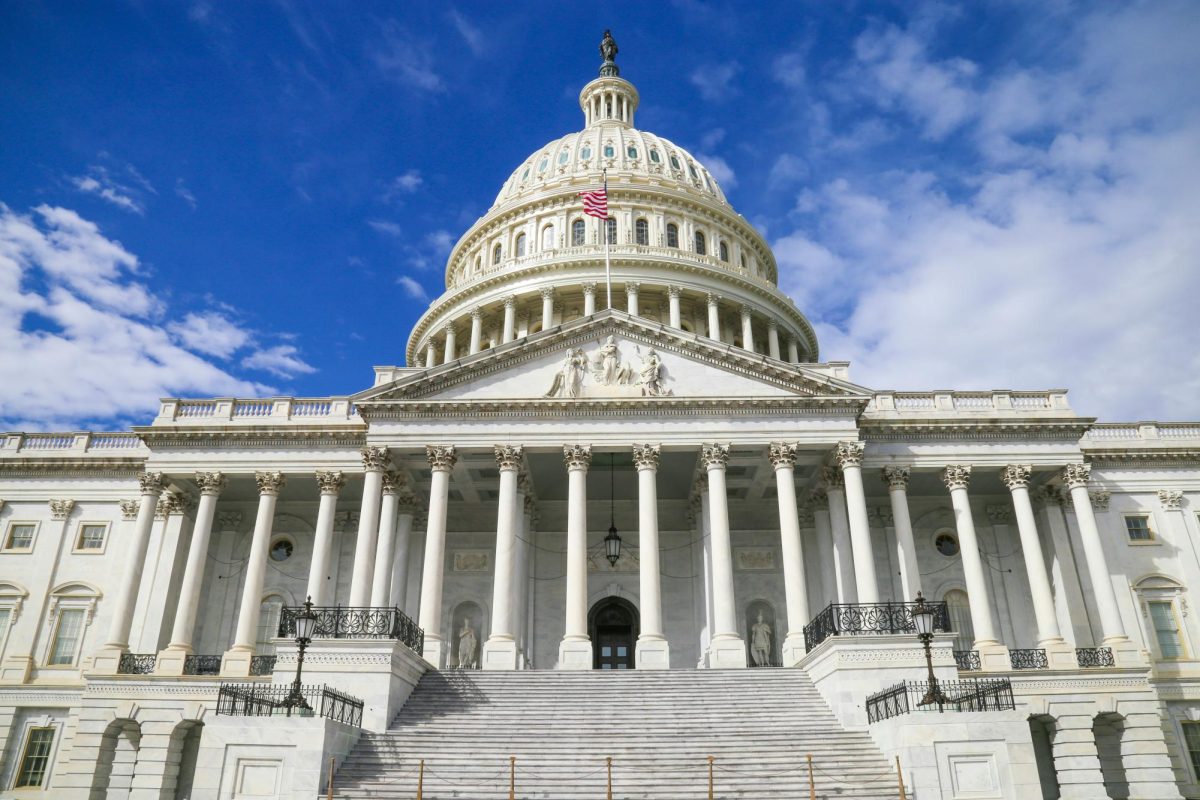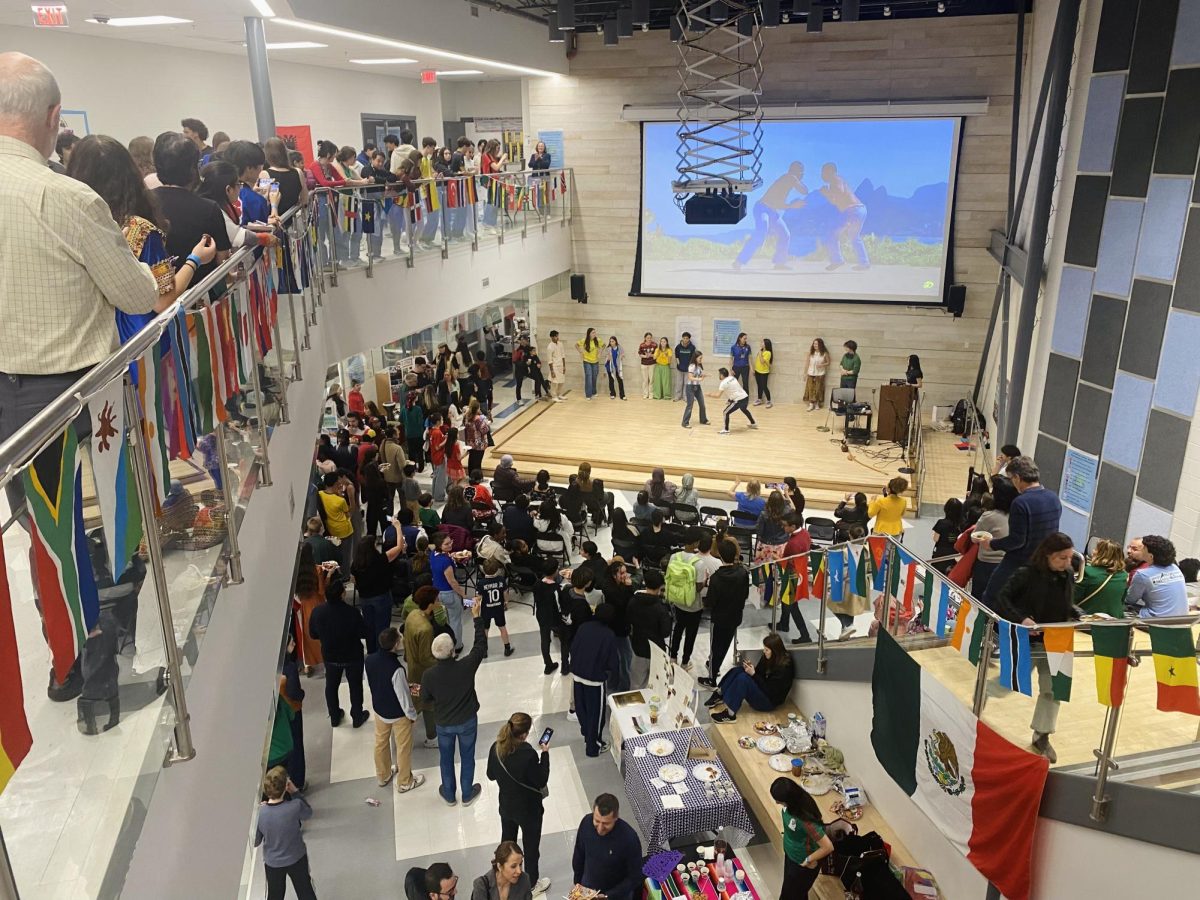For many teenagers, scrolling aimlessly through social media is a common pastime. With endless videos popping up one after the other and a perfectly tailored algorithm, it’s easier than ever to get bored by videos longer than 15 seconds.
On TikTok, users watch videos for an average of 3.33 seconds, meaning that these videos are only 22.2% completed when the viewer decides to scroll. The fast-paced scrolling is evidence of the rapidly deteriorating attention spans of youth.
Social media usage can alter brain pathways through the rewarding nature of likes and comments, potentially establishing addictive behaviors. Instant gratification is the temptation, and resulting tendency, to discount a future benefit to obtain a less rewarding but more immediate benefit. Dopamine, a neurotransmitter associated with pleasure, plays a pivotal role in social media engagement. Users typically experience a dopamine boost when interacting with posts, leading to a continuous cycle of scrolling for more. Additionally, the act of posting triggers dopamine release, reinforcing a cycle of addiction as users eagerly await notifications signaling positive responses from their peers.
Social media creators often use misleading or exaggerated titles to attract viewers, known as clickbait. The curiosity created by provocative headlines exploits a basic human desire to understand the unknown, creating a sense of immediate gratification when users click on the video. As individuals anticipate satisfying their curiosity or finding something of value, the brain responds with a surge of dopamine. This inclination to seek instant gratification highlights a concerning trend in contemporary behavior. High levels of phone usage have been linked to elevated levels of stress, which in turn puts users at a greater risk of depression and anxiety.
According to a survey conducted by the Pew Research Center, 16% of teenagers said they used TikTok almost continuously. Growing TikTok usage among teens reflects a growing trend in which users have become accustomed to digesting media in short, 15-second increments. The shift in consumption patterns is further intensified by social media platforms’ common feature that allows users to promptly skip a post if it fails to capture their interest.
The fast-paced nature and the ease of swiftly moving on to the next piece have contributed to a culture of rapid, bite-sized media consumption among teenagers. The culture starts to hamper critical thinking, deep reflection and a comprehensive understanding of complex issues, posing a risk to teenagers’ development and growth.
A desire for instant gratification may cause social media users to scroll endlessly through their feeds, viewing hundreds of posts and videos. On their screens, youth often see edited posts that show other people’s seemingly perfect lives, often overlooking the actual lifestyle and emotions that the social media creator, or “influencer,” experiences. These posts can be extremely harmful, especially for users who navigate social media without questioning the reality behind each post and instinctively believe the person is posting authentic content.
The portrayal of an idealized lifestyle on social media fosters a desire to attain status. The lifestyles portrayed on social media can negatively impact mental health by fostering unrealistic comparisons, creating feelings of inadequacy and fueling a constant pursuit of unattainable perfection. Compared to those who used two or fewer social media platforms, young people who used more than seven social media platforms were more likely to experience symptoms of anxiety and depression.
In today’s age, social media facilitates connection, enables information-sharing and serves as a valuable tool for self-expression. The challenge lies in finding a balance between reaping the benefits of these platforms and avoiding excessive use that may lead to addictive behaviors. When users recognize that not all social media interactions are positive, they can explore ways to mitigate the consequences, such as implementing healthier usage habits, promoting digital well-being and understanding the potential risks associated with excessive engagement in instant gratification activities. Striking a balance between enjoying the advantages of social media and preventing the pitfalls of addiction is essential for cultivating a more mindful and fulfilling online experience.
When achieving balance with social media, it becomes imperative for teenagers to shift their focus beyond the immediate pleasure gained from it and contemplate the potential long-term implications on their mental well-being, self-esteem and overall sense of fulfillment.
Teens should cultivate a mindful approach to social media by prioritizing real-life interactions over virtual ones and focusing on hobbies and activities that don’t involve screens. This instruction can empower teenagers to navigate these platforms more conscientiously and cultivate a healthier relationship with online and real-world experiences.


















Vivian • Feb 9, 2024 at 4:32 am
Very well explained and I think there should be more awareness campaigns for parents and more guidance on how they can give advise to their teens without provoking them!